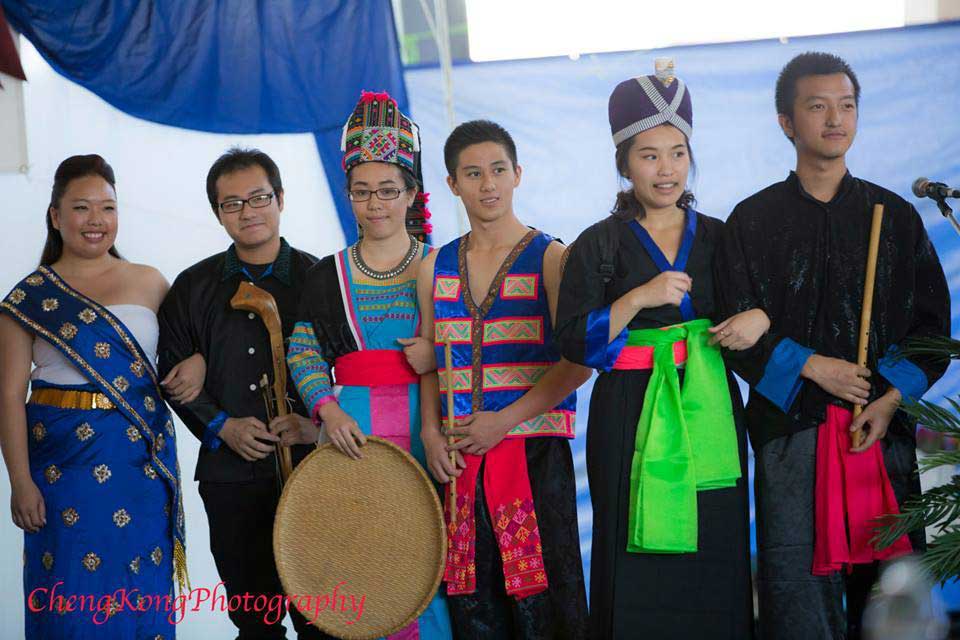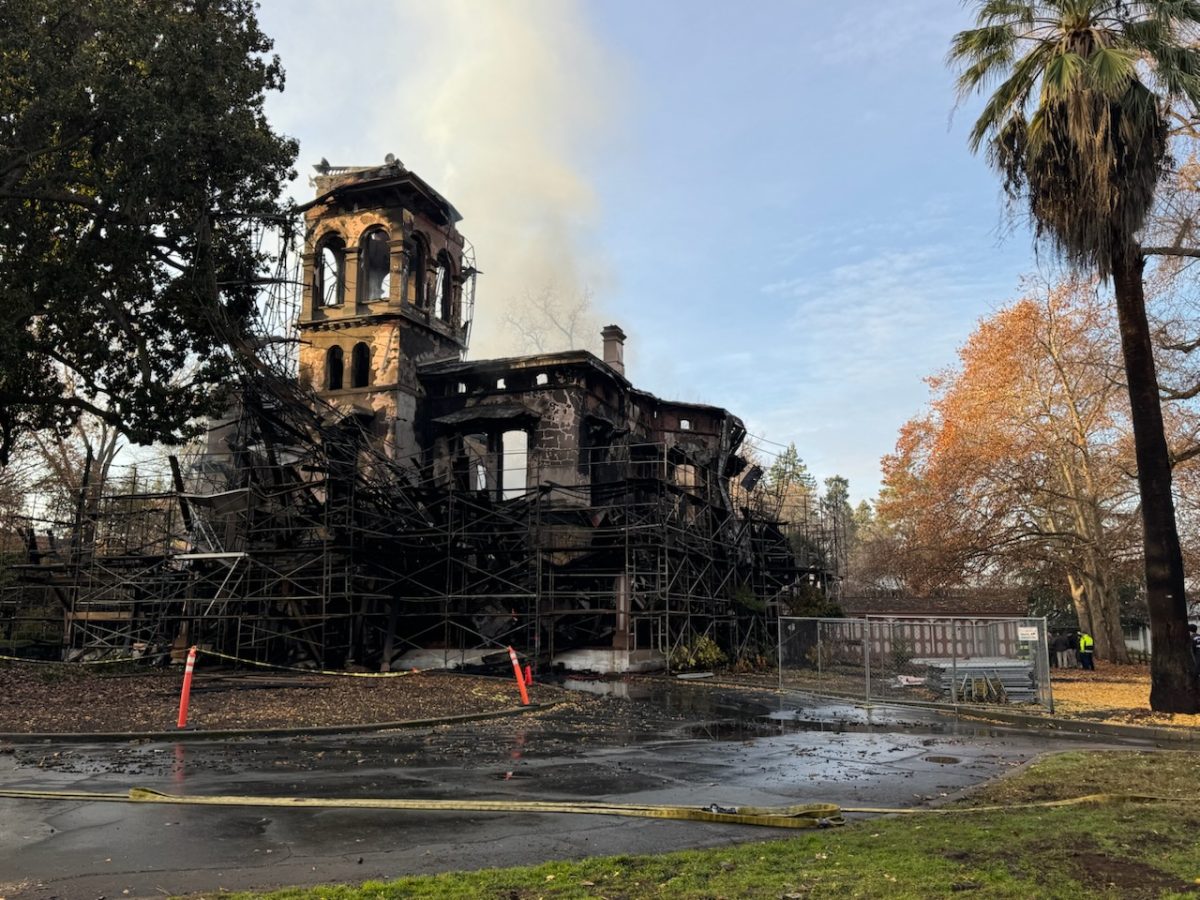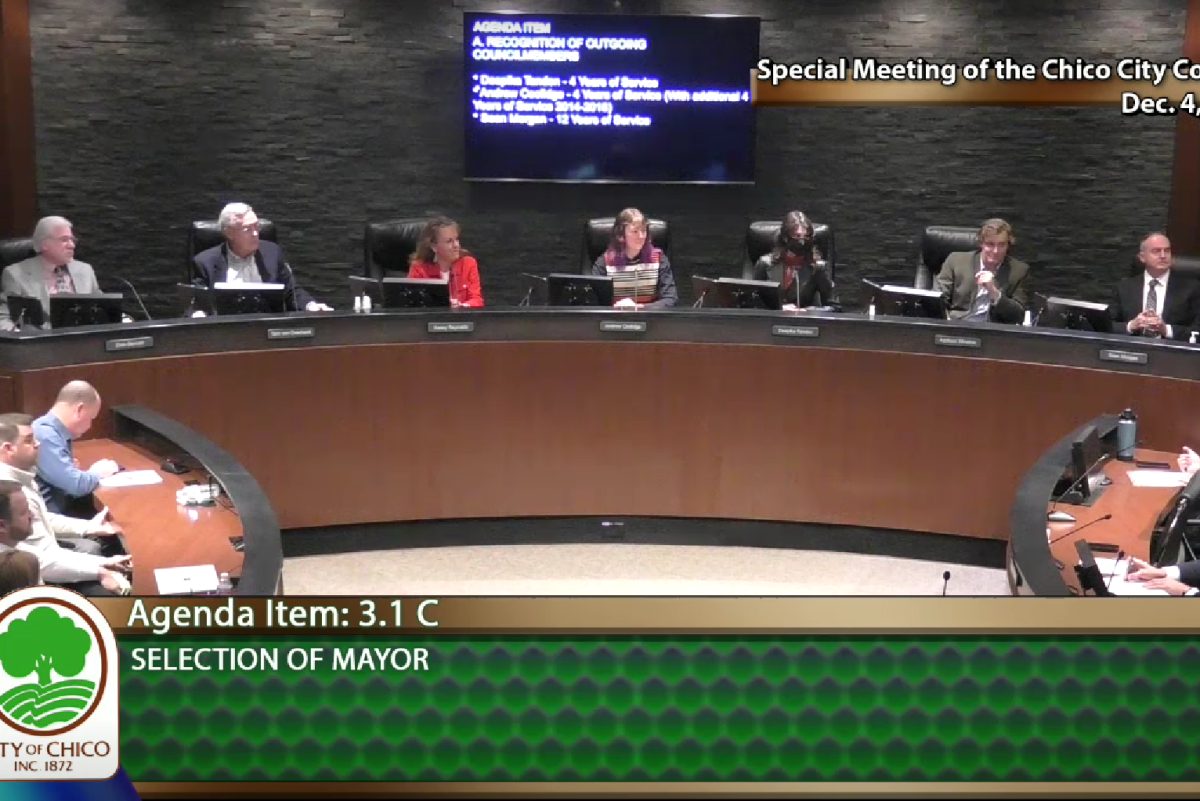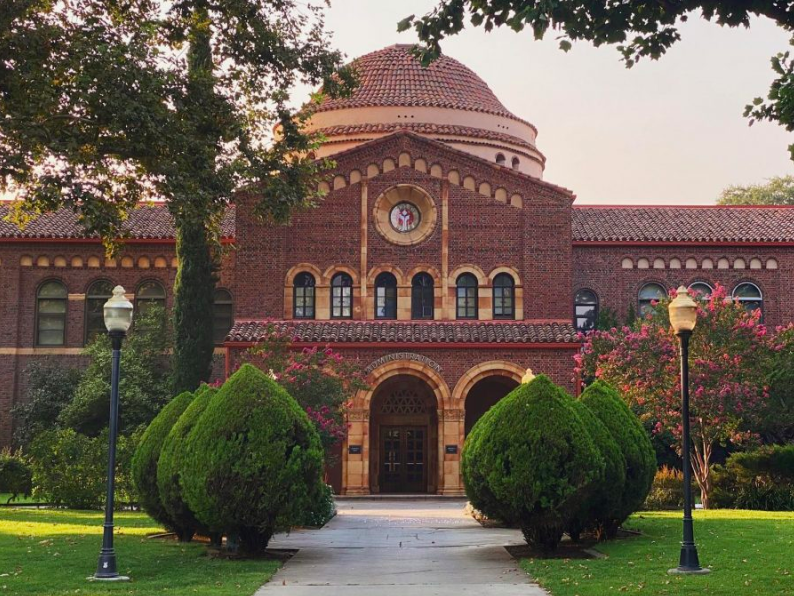
Chico State pre-nursing junior Nou Xiong said she went to high school with three of the suspects involved in the Oct. 4 shooting incident in Chico.
“It really shocked me to know that it was people that I grew up with,” said Xiong, who is also the vice president of the Hmong Student Association at Chico State. “They were the cool kids in high school. Everybody knew them, everybody liked them.”
A shooting between two rival gang associates broke out around 1 p.m. Oct. 4, about one mile away from Bidwell Junior High School where the Chico Hmong New Year festival was held.
Since the shooting, Xiong thinks the Hmong New Year festivals have been wrongly looked upon as a place that creates gang violence, she said.
“It’s Hmong people against Hmong people,” she said. “It’s sad that we’re going against our own kind.”
Gang members may have started a fight inside the festival but gangs shouldn’t represent a group of people as a whole, Xiong said.
Although the shooters have not been confirmed as gang members, they have been connected to Hmong gangs in Northern California, according to Sgt. Greg Keeney, from the Chico Police Department’s gang unit.
The conflict between the rival gangs was initiated at the festival when the two rivalries spotted each other, Keeney said. The parties left the festival and later encountered each other on Pillsbury and Cohasset roads where the shooting took place.
One rival rode in a white Toyota pickup while the other rode in a red Honda Civic. After both vehicles became disabled in the area, all suspects fled on foot. The five suspects in the Honda Civic ran toward Kmart where they were apprehended. Police are still searching for the two Asian males from the Toyota pickup.
“All the community do a good job at the Hmong New Year to promote Hmong culture for the public and community, but the younger generation doesn’t think about culture,” said John Lo, a board member of the Oroville Hmong United Committee.
Lo helped organize the Hmong New Year festival in Oroville Oct. 11 – 12.
“I don’t think the New Year creates gang,” he said. “The New Year does purpose to culture. (The gang members) come to create trouble.”
The Oct. 4 shooting is not the first of its kind. In 2008, a 19-year-old Chico Hmong man was killed in a similar incident around the time of the annual Hmong festival.
“Sometimes we have incidents of violence happen in the festival itself, and there are other times when it is in the neighborhood surrounding them,” Keeney said.
In Butte County, there has been a history between two rival gangs that have led to many violent altercations. Keeney said that these type of altercations are hard to prevent.
“You can’t plan to stop incidents like that,” he said. “Even with security in the festival itself, you can’t predict where that is going to occur.”
The Oroville Hmong festival went smoothly, Lo said. The Oroville Hmong United Committee decided to increase policing efforts after the Oct. 4 shooting in Chico.
There were random checkpoints at the Oroville Hmong festival and police officers patrolled the vicinity of the festival.
Xiong said that after reading Facebook comments about the Oct. 4 shooting, she feels it’s made the Hmong community and purpose of Hmong festivals look negative.
“After reading those comments, I felt like people were scared,” Xiong said. “They said with the Hmong people fighting, it’s dangerous, but we are scared too.”
The Orion can be reached at [email protected] or @theorion_news on Twitter.
Editor’s note: The Orion originally credited the photograph as “courtesy of Nou Xiong.” The credit has been changed to “courtesy by Cheng Kong Photography” to recognize the original owner of the photograph.








